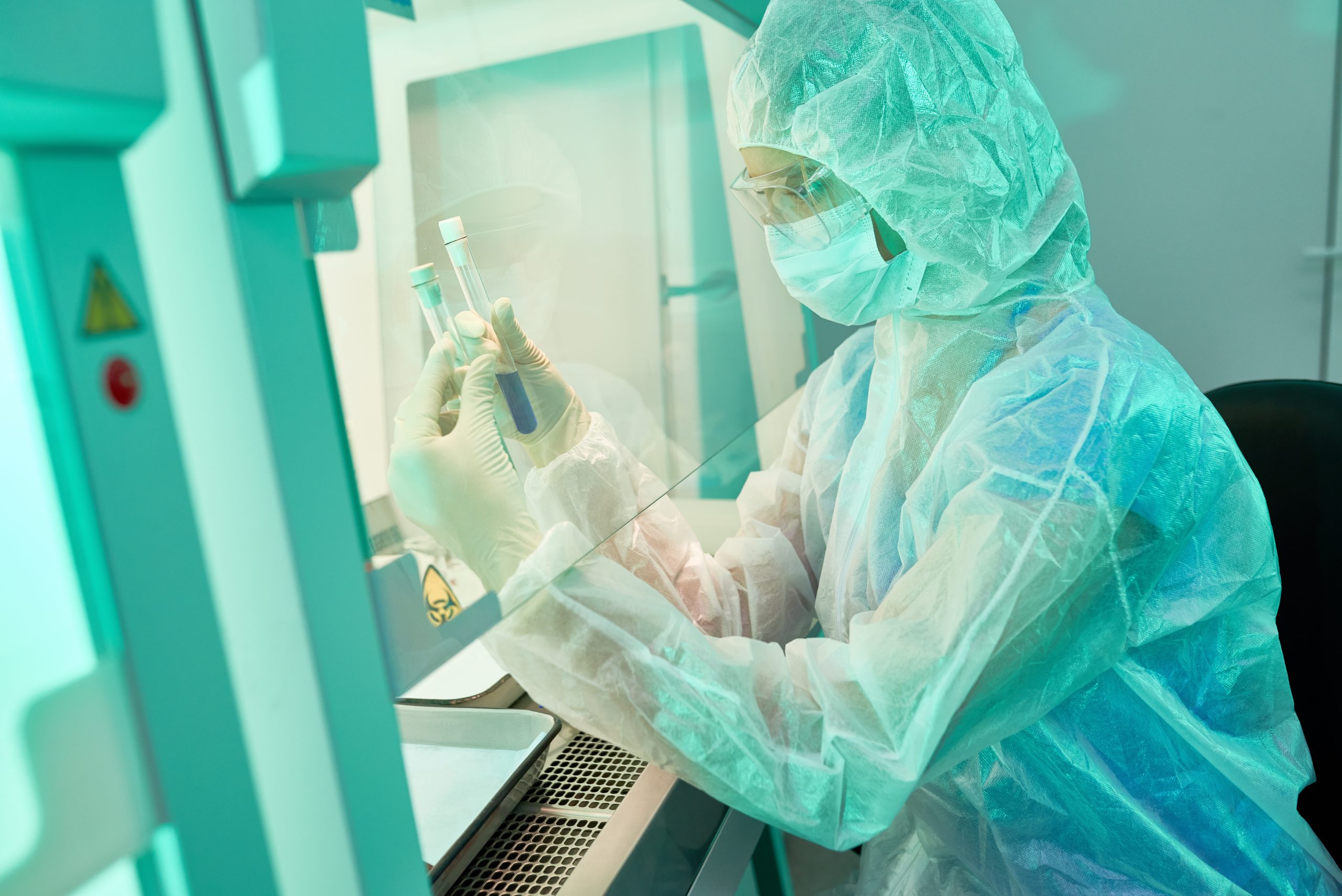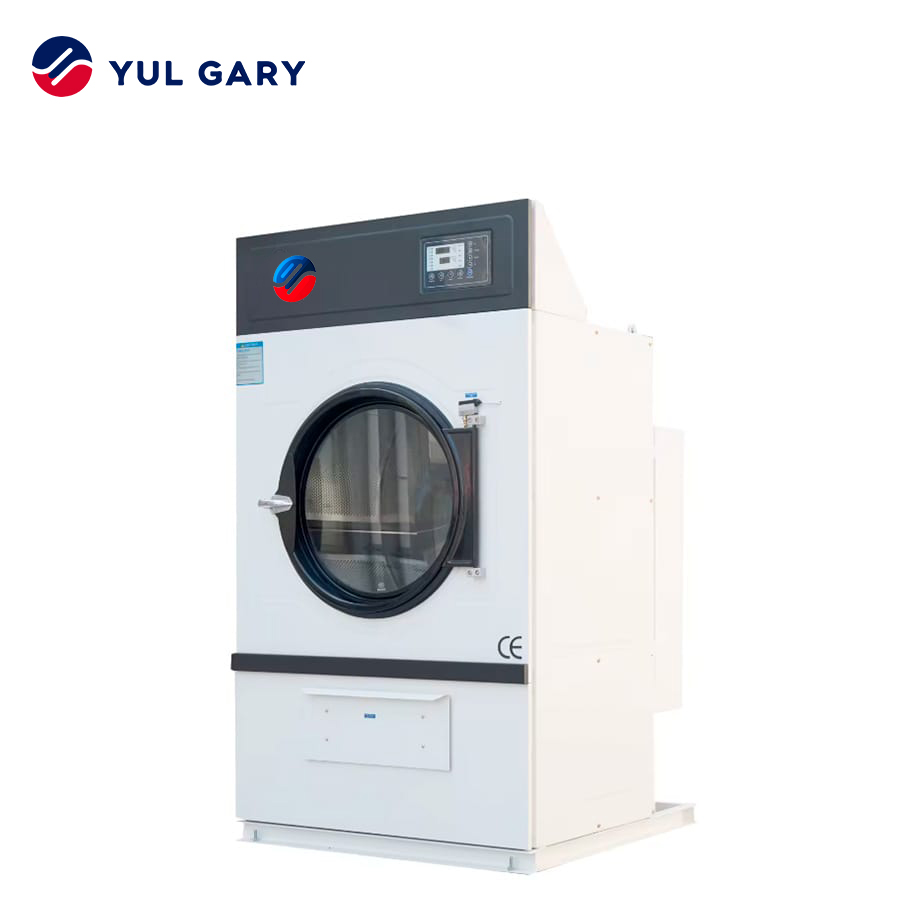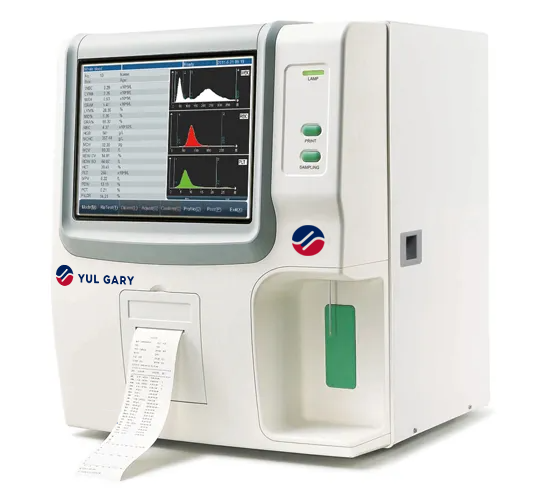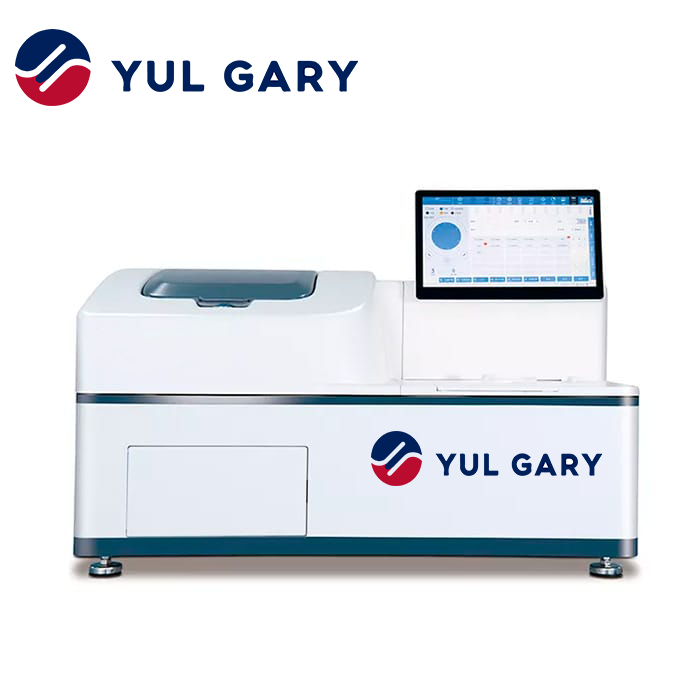These safety cabinets should be used when it is necessary to protect the user and the sample, or the environment; if it is intended to work or experiment with biological, toxic or allergenic material; or any product of biological or toxic risk, however, when choosing we must be attentive to the needs of our work, that is, the type of protection we want, the degree of confinement of the product, and the objective of confinement.
There are several types of safety cabinets, ranging from user needs, to features in terms of capacity and risk reduction; taking into account these options, in KALSTEIN we are willing to advise you and offer you a variety of biological safety cabinets, manufactured with the best materials, the best technology and at the best price on the market.
Types and characteristics of biological safety cabinets.
Laminar/horizontal flow cabinets: offers a clean air workbench, protects the user and the environment, is used for research and industries creating a sterile environment for the sample.
- Class I biological cabinets: they have an air extraction system, it has a high efficiency HEPA filter, in addition to a filter for volatiles, this type of cabinets offers protection to the user and the environment, but not on the sample.
- Class II biological cabinets: the advantage of this cabin is in the complete and safe protection of the user, environment and product; producing a sterile environment inside while reducing the particles produced in the process.
- Class II type A: they are cabinets that offer 70% of the air sucked out of the room and expel, filter the rest; they are used to work biological and industrial samples, although it is not recommended for chemical contaminants.
- Class II type B: they recirculate 30% of the air in the room, facilitate the process of sterility and control of dangerous volatile elements; they have a HEPA filter and are cabinets used in the preparation of cytostatics; these cabinets have an extraction system for toxic chemicals and their own extractor motor.
- Class II type C1: it has two independent motors that recirculate and expel the air to ensure that no control over the extraction, necessary for work with harmful chemicals, is lost.
- cabinets with insulator or safe access system: some call them type III biological safety cabinets , they have installed a safe sample exchange system to prevent the user from taking their hands out of the sterile interior flow for the transfer of materials during the process, they are normally used in pharmaceutical, optical and electronic industries, since it allows an improved sterility due to the use of input and exit ports.
- Class III cabinets : they have the option of handling through gloves, it has an integrated chemical decontamination system to avoid leaks and guarantee the sterility of the cabin in each use; they are closed cabinets and do not recirculate the air, this is totally expelled through the high efficiency double filter system; they are used in rooms of maximum biological containment.
Maintenance of biological safety cabinets
It is advisable to make a tab where the model appears, control dates, hours of operation, the dates of replacement of HEPA filter and next date of revision; we must periodically carry out the maintenance of the cabinets , we must not move the cabinets once installed and verified; we must protect at all times that there are no possible fissures in the continuity of the watertight seal of the filter, since it can occur to cause air leaks; perform a leak control.
If you want to know the catalog of products to acquire any of the biological safety cabinets that we have for you, you just have to visit us on our website, we guarantee that you will make an interesting tour of the alga range of products that KALSTEIN has for you, you can also request technical service for your CSB, trust us and we assure you that through our online shopping channels that are very easy and viable, reminding you that we are a manufacturer of laboratory equipment of high level purchase and sale. HERE





